Leaving no one behind, bringing everyone together with digitalisation
Undp png's natural resources management hub
In a series of workshops conducted in 2016 and 2017, customary landowners and community members from 58 Protected Areas learned about the Management Effectiveness Tracking Tool or METT, now customised with UNDP’s support, for PNG’s unique cultural needs. The PNG-METT tool is designed to help evaluate the management of Protected Areas and help to digitise and centrally share environmental data.
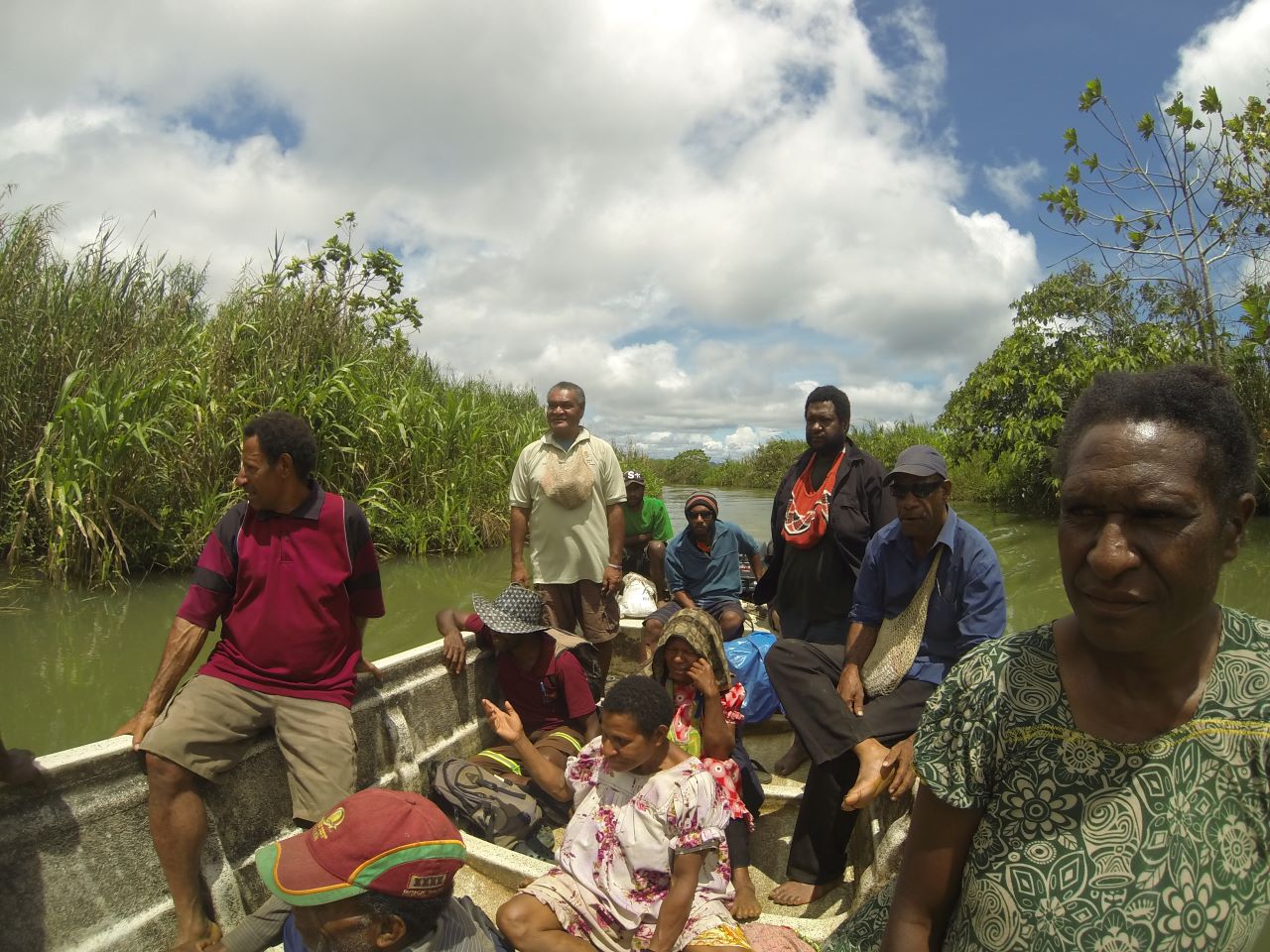
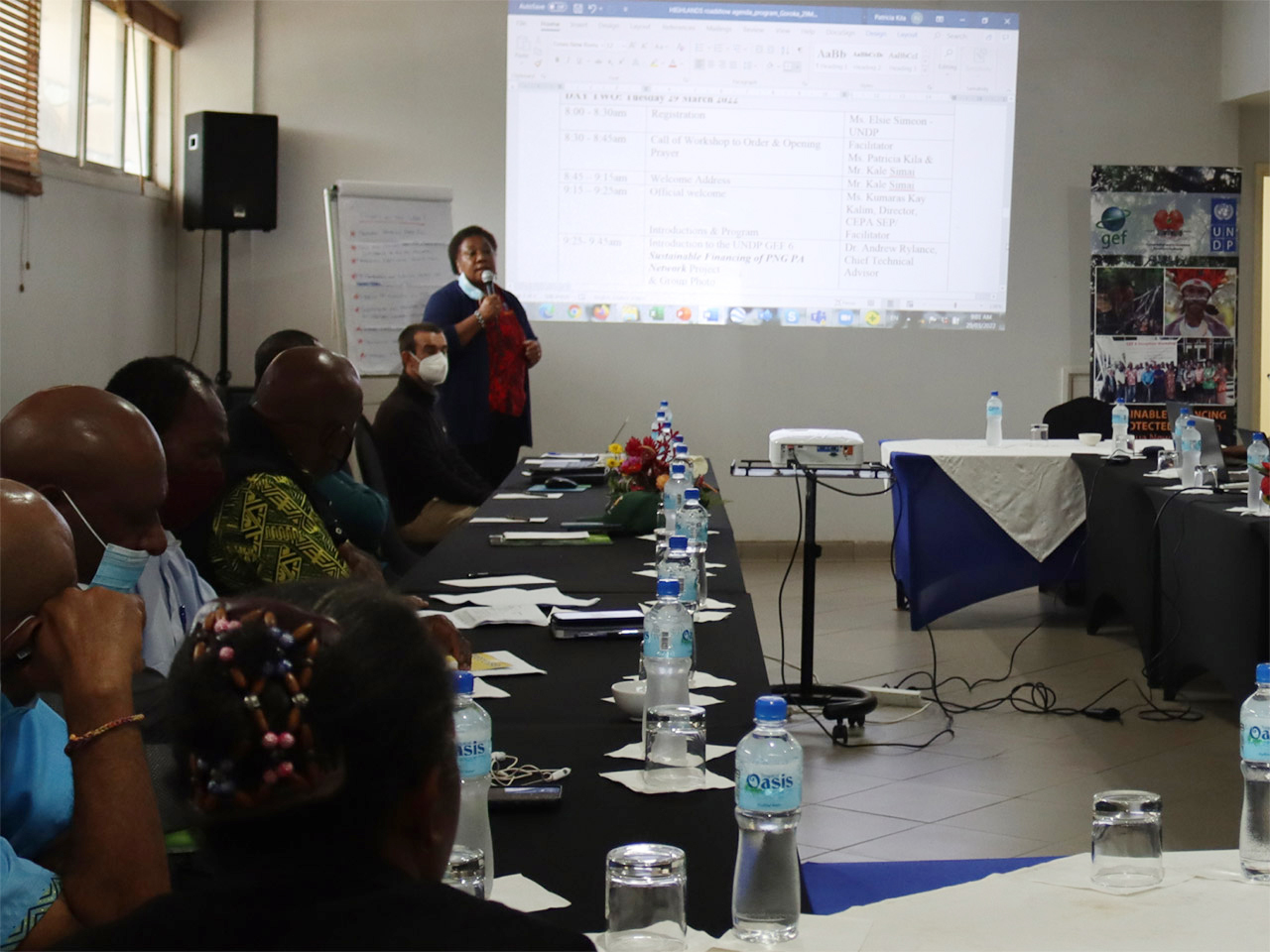
The journey so far
“For us, especially indigenous people, it’s our life. We have this deep connection, this cultural connection with our forest, but we lack that management component. Maybe we have a cultural perspective on management, but maybe we lack modern, scientific management approaches.”
Junior Novera, PhD
Kunua Key Biodiversity Area, Bougainville
how centralising nrm data empowers communities
By integrating scientific data and traditional knowledge, a new Natural Resource Management (NRM) Hub (available at www.png-nrmhub.org) under development by UNDP, will bridge the flow of NRM data between communities and the government, including international organisations, NGOs, academics, policymakers and civil society organisations.
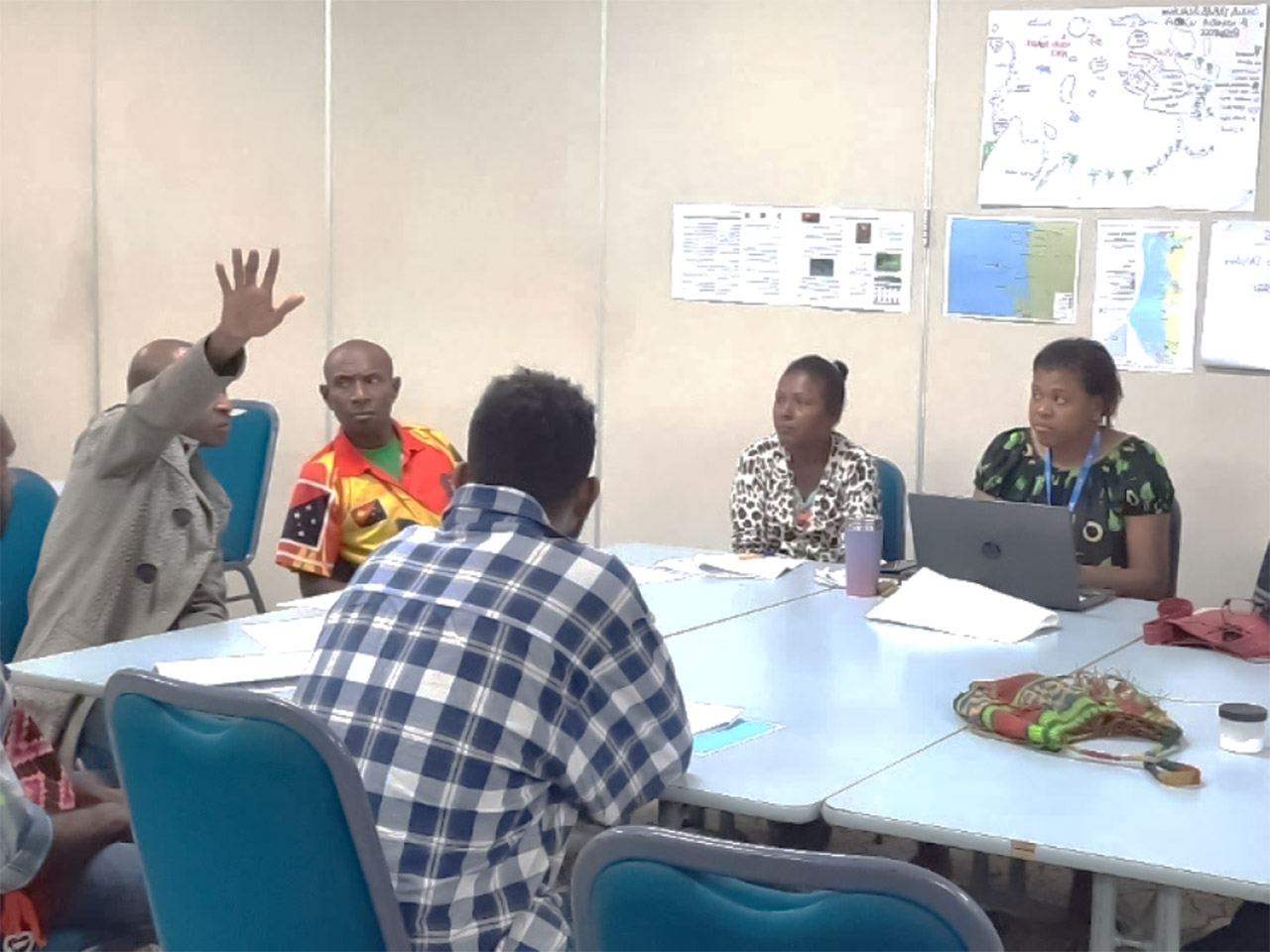
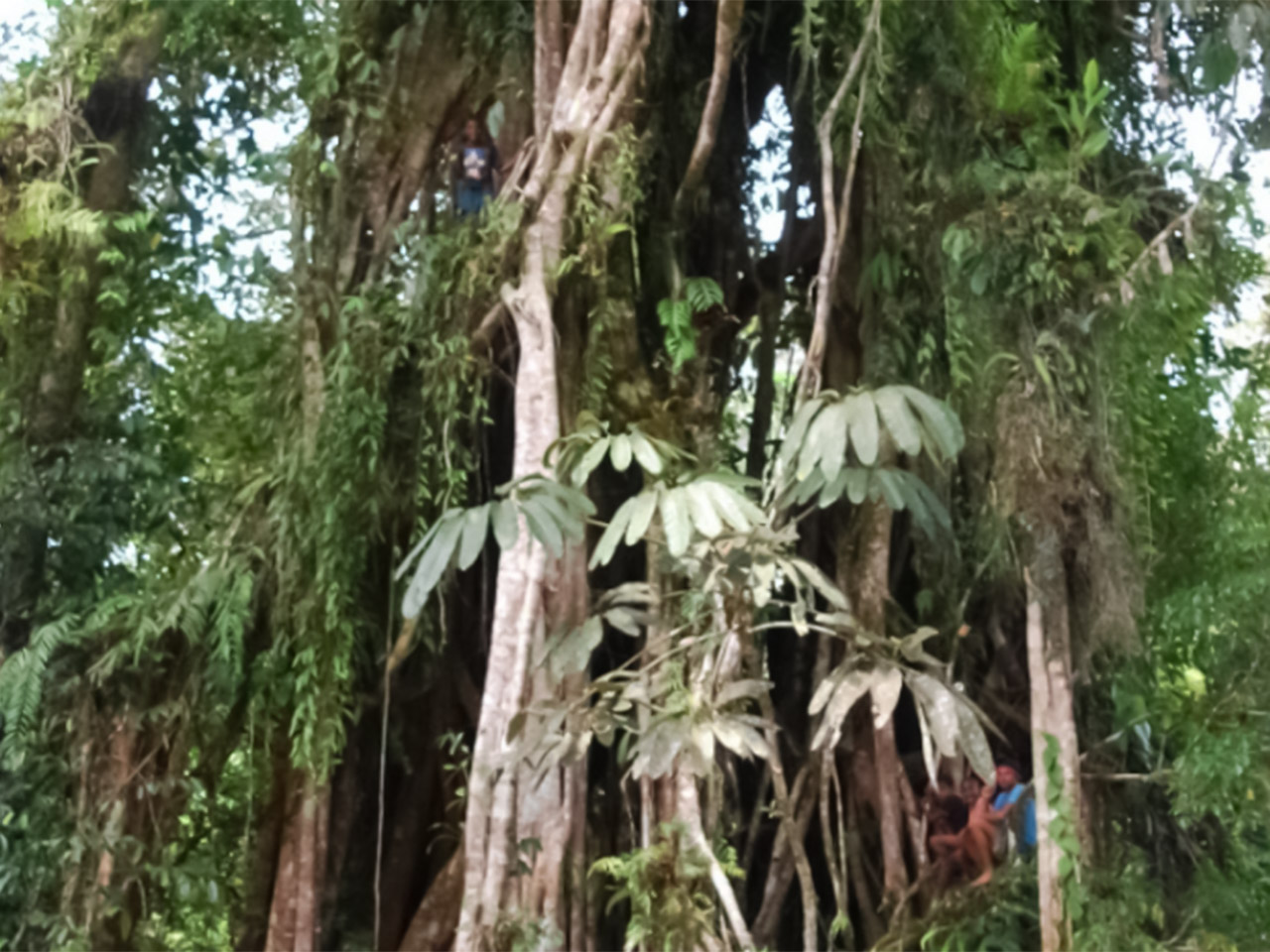
The nrm hub: a toolbox for centralising environmental data
UNDP’s new initiative towards centralising PNG’s environmental data is the UNDP Natural Resource Management (NRM) Hub, featuring online data-gathering and sharing tools such as the Lukim Gather mobile data collection app, two browser-based mapping portals, and a Protected Area toolkit for assisting in the establishment and management of protected areas.
The vast trove of information available through the NRM Hub will include geospatial data and maps, making it a centralised base for data disaggregation.
